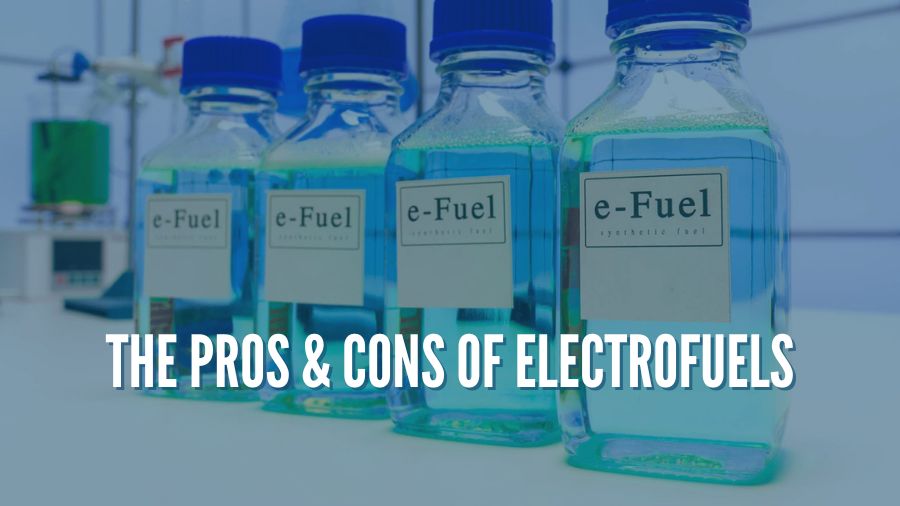In the race to end the world’s addiction to oil, scientists and researchers are more active than ever in seeking solutions to this problem. What if a fuel management system involved converting sunlight into fuel instead of just reducing the amount of fossil fuels fleets consume? How would this be possible?
This is exactly the solution some researchers at UCLA have begun to develop. A small, innovative group of researchers and scientists has discovered a bioreactor that can store electrical energy and convert it into liquid fuel. This is done by using a unique, genetically engineered microbe. After conducting several tests, experts involved with the project labeled the alternative energy source “electrofuels.” Through the use of this energy source, the world would have a more efficient way to produce alternative fuel sources for vehicles and other machinery.
How it Works
Understanding why this is good news means first having an understanding of the microbe itself. In the most basic terms possible, scientists are altering the genetics of a soil microbe called Ralstonia eutropha. This particular microbe uses hydrogen as an energy source that builds up carbon dioxide into a microbial growth. Through this process, the research team developed a microbe that creates butanols, commonly referred to as liquid fuel. On top of that, the bioreactor used to generate this liquid fuel gets its energy from a solar panel, making for one of the greenest alternative energy sources ever developed.
Why This is Good News
While current alternate fuel sources are better for the environment than traditional carbon-based ones, they still rely on plants and other resources that must be consumed on a large scale. The big problem surrounding the biofuels issue is that in order to produce these alternative fuels on a large scale, we must also consume a massive amount of crops and farm resources. Additionally, biofuels are actually difficult to find. The idea behind electrofuels is that we should use the world’s most powerful and abundant resource: the sun. If the UCLA research proves successful, this would be a solid solution to many problems surrounding biofuels.
The Big Picture Problem: Infrastructural Resources
As with any potential solution for alternative energy, there are some major drawbacks. First off, to be clear – this is an amazing solution with the potential to completely transform the green energy industry. The problem always comes down to infrastructure; we simply don’t have the adequate infrastructural capabilities to support this kind of alternative fuel on a large scale. Additionally, plenty of research is still needed before the general public can use this type of alternative fuel.
Doing Our Part: Continuing Our Carbon Footprint Reduction
The misconception about alternative energy is that it’s an all-encompassing solution to the overarching need for carbon footprint reduction. While we’re waiting for far-reaching alternative energy solutions, it’s still equally important to keep up with carbon footprint reduction efforts. This includes recycling, using public transportation, carpooling, bicycling to and from work whenever possible, purchasing fuel economy and hybrid vehicles and keeping an eye on energy and water consumption. For enterprise-level companies, this can mean using fleet management services and implementing an eco-friendly approach to business management.
The Bright Road Ahead
It’s important to keep in mind just how exciting this new technology is, and what it means for the future. This new development in alternative fuel research not only aids in reducing the global carbon footprint, but it also helps reduce the number of resources consumed by both traditional and alternative fuel sources. The bottom line is that new these newly discovered electrofuels will go a long way to reduce fuel consumption. Anything that does that is good news for the environment.
Thomas Stone is a permaculture enthusiast, a freelance author, and a frequent contributor to Eco-Wonder.


